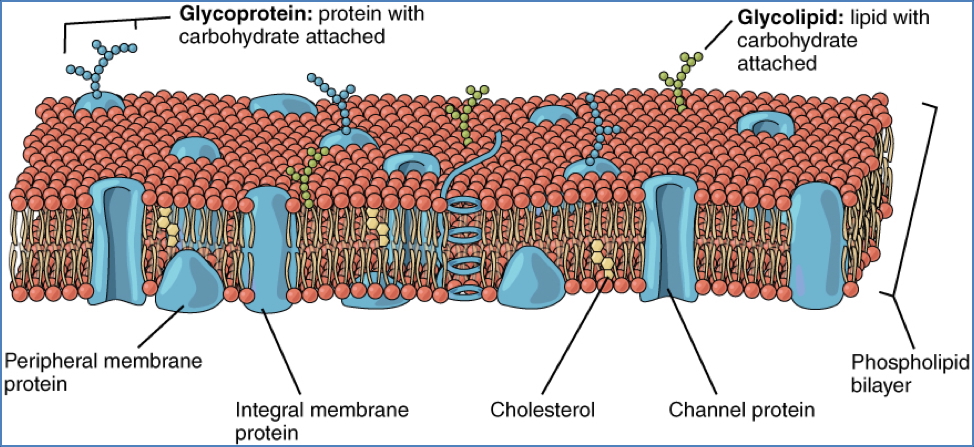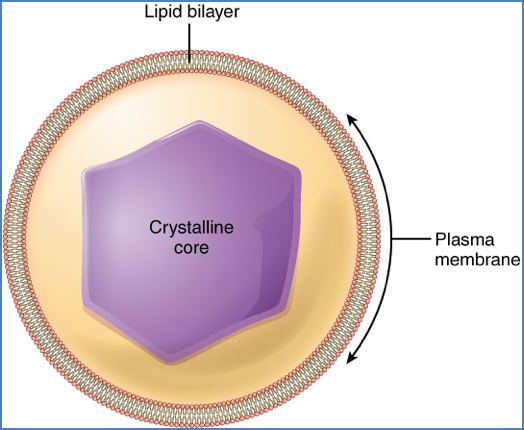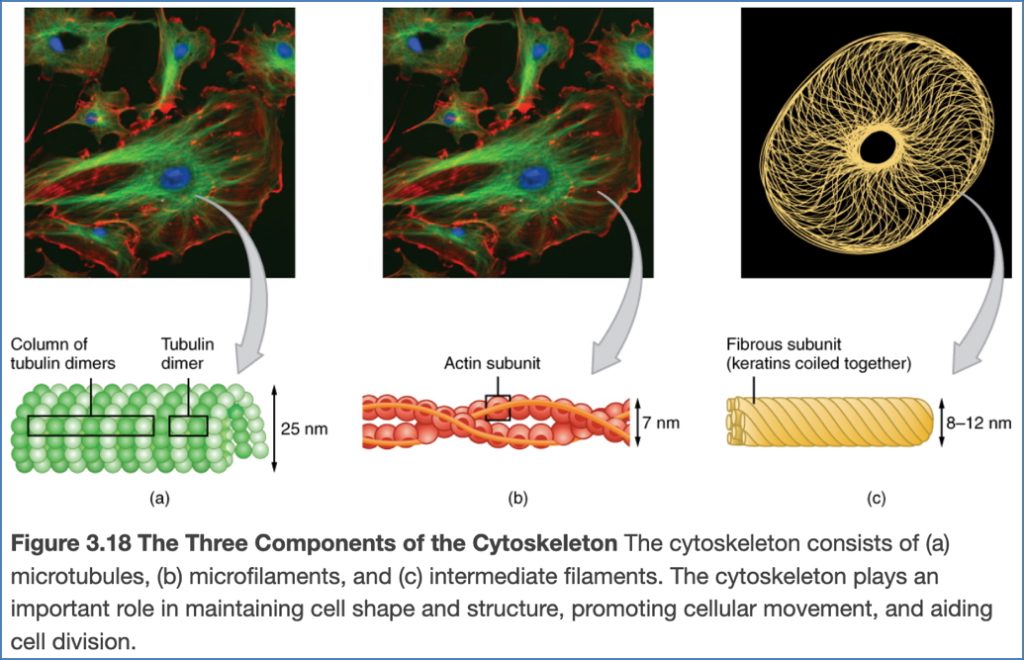Table of Contents
Overview – Cell Structure
Cell structure forms the foundational framework of biology and medicine, describing the components that make up every living cell. From the phospholipid bilayer of the plasma membrane to energy-producing mitochondria and protein-synthesizing ribosomes, understanding cellular architecture is essential for interpreting physiology, pathology, and pharmacology at a molecular level. This guide covers all major membranous and non-membranous organelles and their clinical relevance.
Definition
The cell is the basic structural and functional unit of life. A typical eukaryotic human cell comprises three main regions:
- Plasma membrane
- Cytoplasm (including organelles)
- Nucleus
Plasma Membrane
- Composed of a phospholipid bilayer with embedded proteins
- Amphipathic: hydrophilic heads face outwards; hydrophobic tails face inwards
- Fluid-mosaic model: membrane is dynamic and semi-permeable
Key Components
- Cholesterol: Stabilizes membrane fluidity
- Proteins:
- Transport proteins
- Receptor proteins
- Enzymatic proteins
- Adhesion proteins (intercellular joining)
- Recognition proteins (e.g. glycoproteins)
- Membrane Specialisations:
- Junctions: Tight, desmosomes, gap junctions
- Projections: Microvilli (increase surface area), cilia and flagella (motility)

Cytoplasm
Everything between the plasma membrane and the nuclear envelope.
Includes:
- Cytosol:
- Intracellular fluid
- Composed mainly of water, dissolved proteins, salts, sugars
- Inclusions:
- Non-living substances such as:
- Glycogen granules
- Pigments
- Lipid droplets
- Non-living substances such as:
Membranous Organelles
Nucleus
- Surrounded by the nuclear envelope
- Contains nucleoli (site of rRNA synthesis)
- Chromatin: DNA + histone proteins
- Functions as the genetic library and the command center for cellular activity
- Site of DNA replication and mitosis initiation

Mitochondria
- Double membrane structure
- Site of ATP synthesis
- Known as the powerhouse of the cell

Endoplasmic Reticulum (ER)
- Rough ER:
- Studded with ribosomes
- Synthesises secreted proteins, membrane proteins, and hormones
- Packages proteins into vesicles for transport
- Smooth ER:
- Lacks ribosomes
- Synthesises lipids and steroid hormones
- Detoxifies drugs and toxins
- Stores Ca²⁺ ions, especially in muscle cells

Golgi Apparatus
- Modifies, concentrates, and packages proteins from the ER
- Proteins exit from the trans face in vesicles for export or internal use

Lysosomes
- Vesicles filled with digestive enzymes
- Intracellular digestion of worn-out organelles and engulfed pathogens
- Acidic internal pH enhances enzyme activity
Peroxisomes
- Contain enzymes that neutralize free radicals
- Detoxify alcohol and xenobiotics
- Convert harmful substances to hydrogen peroxide and then water

Non-Membranous Organelles
Cytoskeleton
- Dynamic network of protein filaments (e.g. actin, microtubules)
- Provides cell shape, intracellular transport, and anchoring of organelles
- Facilitates cell movement

Centrioles
- Paired cylindrical bodies involved in mitotic spindle formation
Ribosomes
- Composed of rRNA and protein
- Sites of protein synthesis
- Found either:
- Bound to Rough ER
- Free-floating in cytosol

Summary – Cell Structure
Cell structure encompasses the functional architecture of all living cells, from membranes and organelles to ribosomes and the cytoskeleton. Understanding these components underpins all of modern biomedical science, including physiology, pathology, and pharmacological targeting. For a broader context, see our Cell Biology & Biochemistry Overview page.